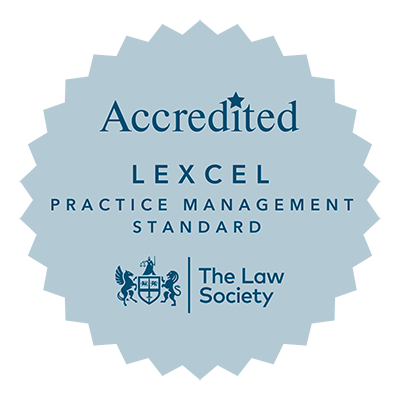Faced with high rental costs, shortages and sometimes poor-quality student digs in many cities, increasing numbers of parents are investigating the option of buying property instead of renting, but the different options can make it a minefield.
Explained property legal expert Simon Wilson of Ward Gethin Archer Solicitors: “For parents who can afford it, there is an attraction in buying for children, whether outright by releasing capital, or by using property or income as collateral to back up a mortgage. But a property purchase for student children involves a series of decisions that will be dependent upon your own individual circumstances and life planning, so it’s important to weigh up the options carefully. You need to work out what will best suit you and your offspring.”
Added Simon: “A key decision is ‘who will be the buyer?’ – which has a big impact on asset protection, future tax implications and the cost of purchase when it comes to stamp duty.”
Ownership options include:
- outright parental gift in the name of the child
- jointly purchased in name of parent and child
- held in trust for the child
- owned by the parent
- parent-backed purchase by the child
Taxes that need to be considered include:
- - Income tax – if any of the property is let out, rental income will be included in any income tax calculation, with some reliefs available for occupying landlords
- - Stamp Duty Land Tax (SDLT) – where the purchase price is above a certain amount, SDLT is payable. This may be at different rates dependent on property ownership status. A first-time buyer may pay a lower rate but where a buyer already owns property, a higher rate is usually payable
- - Capital Gains Tax (CGT) – where a property is not occupied as the primary residence of the owner, any gain made when selling is likely to be subject to CGT
- - Inheritance tax (IHT) – payable on the value of assets owned at the time of death, with gifts made in the previous seven years included in any calculation. Where gifts are made into a trust and this exceeds the IHT nil rate band (above which IHT becomes payable) this may trigger an immediate and subsequent IHT liability
Where the child is the legal owner, they are likely to benefit from first time buyer’s relief on stamp duty and be able to claim rent-a-room relief against any rental income. Any income tax on rental income would be their liability. There may be an IHT tax advantage for the parent, as long as they survive the gift by seven years, taking the gift out of the equation for inheritance tax purposes. The downside for a parent is having no legal control over what happens with the property, and the asset may be vulnerable if any claim were made as a result of the child’s debt or relationships. Some lenders have a student-specific mortgage product which enables students to buy property in their own names and for parents to simply act as guarantor for the loan.
Where the parent is the legal owner, this may enable them to retain control of the asset, but if they already own property, it may give rise to higher rates of stamp duty as an additional charge is made on second and further property purchases. The property would remain part of the parent’s asset base for CGT and IHT purposes, forming part of their estate on death and with no principal private residence relief (PPRR) for CGT on any subsequent sale. Any rent received by the parent would form part of their taxable income and there would be no occupier rent-a-room relief. If a mortgage were needed, the property may be treated on a buy-to-let basis with associated rental income criteria needing to be met.
Buying through a trust could bring greater asset protection for the parent’s capital while also being set up in such a way as to enable the purchase to benefit from SDLT and income tax reliefs, although the pros and cons will vary, depending on how the trust has been set up. This can also determine what flexibility there is in enabling a subsequent sale of the property and return of funds when studies are complete. Trusts may be beneficial also in IHT planning, but while there may be a long term benefit this approach may give rise to immediate and subsequent IHT charges which must be taken into account.
This article aims to supply general information, but it is not intended to constitute advice. Every effort is made to ensure that the law referred to is correct at the date of publication and to avoid any statement which may mislead. However, no duty of care is assumed to any person and no liability is accepted for any omission or inaccuracy. Always seek our specific advice.










